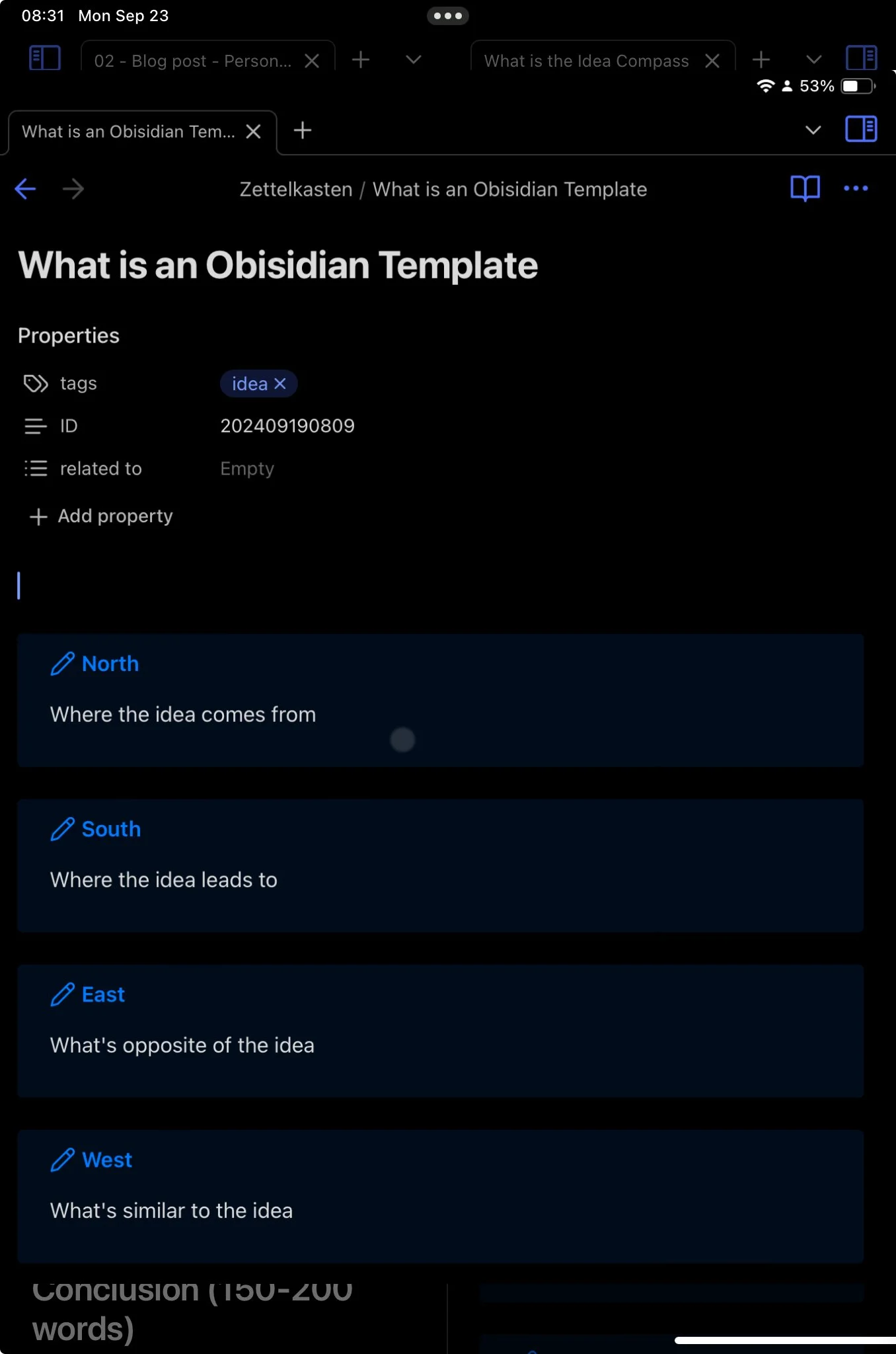Personal note-taking system
In March 2023, my company axed my position. This sudden change thrust me into the job market when I was comfortable in my position. Interviews caught me off guard, and I had to scramble to relearn job-seeking skills.
You need to do two things in this situation: one is to brush up your Resume highlighting your accomplishments and skills; the second is to update your skills for the current market. In technology, you live in dog years. If you don't update your skills, you are 7 years behind and you encounter many new different tools and trends on the way to achieve results.
In October of 2019 I was preparing for interviews for the first time in the US. To record new knowledge, skills or interviews reflections I was using pen and paper only. Four years later, I tried with a Google Drive Docs document: **Dump.** The goal was to throw every piece of information using the indexing feature as a Birds Eye view.
In less than three months I was able to find a job, move cities and start again with all the blessings that this new beginning represents. It was then when I decided to not use the **dump** anymore.
This was the origin of my note-taking system journey
With this workflow I wasn’t able to find any information quickly, and looking for related topics for new content was painful and the worst of all: it is all linear. That’s why I decided to look for better alternatives to keep my notes and what I know in a better way.
After a couple of months following the rabbit hole, watching videos, reading posts, and using a bunch of tools and following every piece of advice, I discovered what really works for me: Obsidian and the Zettelkasten.
The Zettelkasten is a note-taking approach where you capture quick thoughts (fleeting notes) then later refine them into permanent notes. The main reason I was enticed to use the Zettelkasten is because its essence eliminates my automatic urge to create folders to organize everything, giving the feeling of an infinite canvas to throw all my thoughts without any previous processing thought.
Obsidian is a lightweight text editor that frees you from the hassle of gymnastics to format your text, you know the drill: stop typing, grab your mouse, highlight the text, scan the toolbar for the bold button, click, then find your place in the sentence again. Every. Single. Time.
The Obsidian’s linking feature goes hand in hand with the Zettelkasten method of making meaningful relations between all the areas of knowledge, which is a game changer compared with accumulating linear notes in a notebook or many unrelated files that lose meaning over time.
Integrating my note-taking system on my workflow
Continuous note-taking process
The interconnection of the components in the note-taking system is based on a set of steps:
Whenever I have a thought I think I’ll need to remember later.
Open Obsidian on the most proximate device.
Add the Zettelkasten note template.
Type the idea that I want to record.
If time permits, add at least one subject that this thought is ‘related to’ property.
With the note-taking process above, I feel it’s easy and natural to take notes, without thinking where or what category my thought needs to go to and then create the note. That step comes later, sometimes way later, but the thought or idea that you wanted to keep is in the pool now: Mission accomplished.
End result
Pablo Yeverino Obsidian's Graph View - I just started with the system but it has payed off greatly
After working a few weeks with the fleeting or reference notes using at least one related item to each one, your system will end up with a bunch of connected thoughts.
If you’ve been doing this for work, you can put together a document for the specific process you do in your position and share it with your peers to review, and of course your manager or supervisor.
If you have been doing this for your education journey, you can put together new goals on what you want to learn next, or study guides for exams, or just for you to make practice tests, which seems to be the best way of learning new things. I will create a new post explaining how to use NotebookLM to make these practice tests out of your notes for long lasting learning.
With this simple setup, you have a starter note-taking system that will give you a hint on the benefits of having one, and also to get to know what other features you need to add, or processing methods you need to learn to expand your very own system.
From a Dann Berg blog post 10 Tips for smart Obsidian Usage:
There’s a difference between working on your note-taking system, and using your note-taking system to do real work. Always know which you are doing.
I wish you can find the benefits of using a note taking system just without the need to go through a hard time like I did. Give it a try and you will be amazed.

